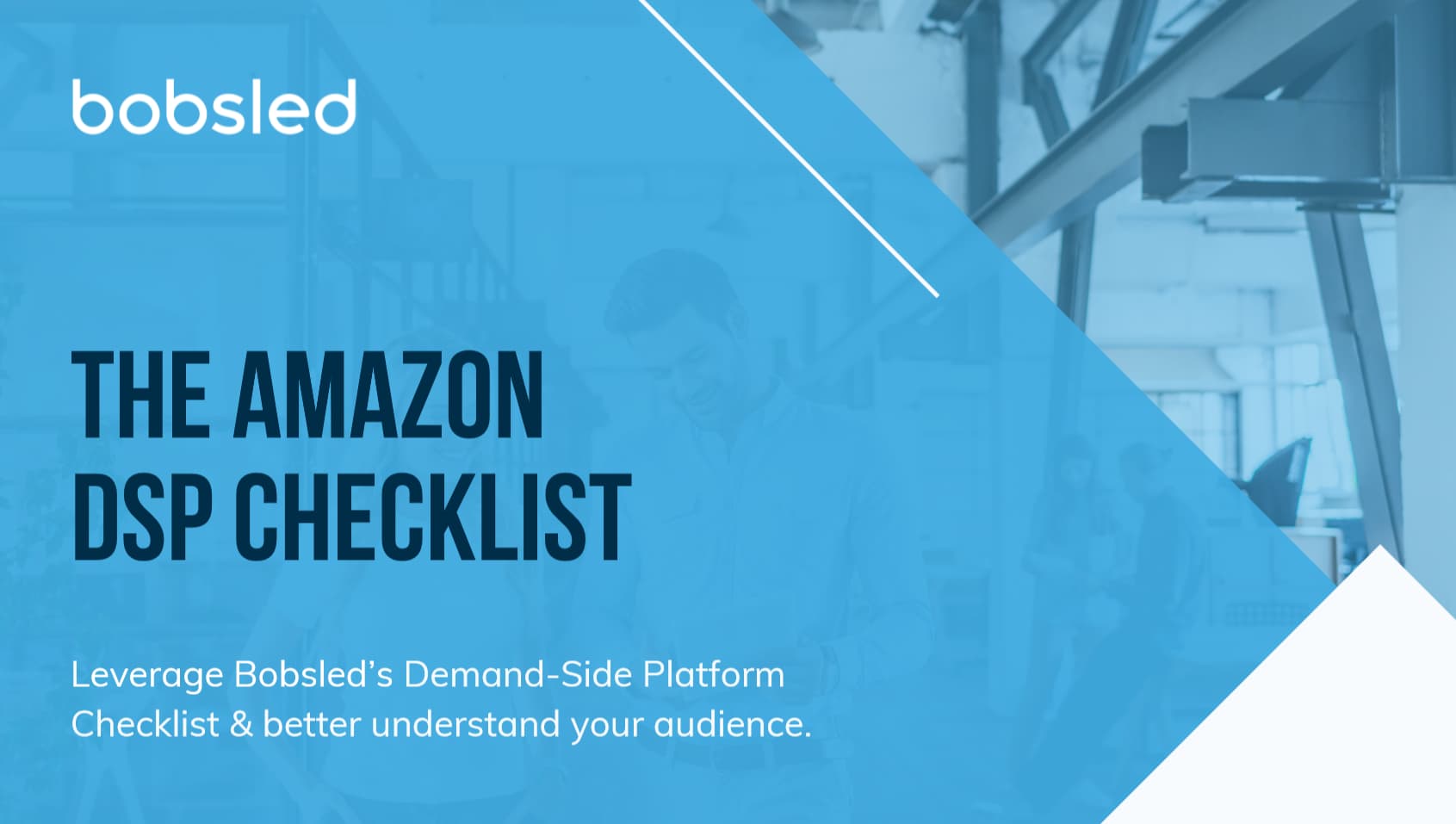Customer Lifetime Value (CLV), also known as lifetime value, LTV, or CLTV, is a growth metric which represents the total revenue a business can reasonably expect a customer to generate over the course of a business relationship.
Calculating CLV across all sales channels is not an easy process. However, it is extremely important, as it allows a brand to identify opportunities and challenges across the entire business.
Amazon does a good job hiding customer details and information, so calculating CLV for the Amazon channel is not a one-click task, however for Sellers there is a way to do it! Find the broad steps outlined below.

Amazon Customer Lifetime Value (CLV) Process
Note: The following process is applicable only for brands on Seller Central – this data is not available for brands on Vendor Central.
- Determine the time period that you’re evaluating (month, quarter, year).
. - Get your Amazon fulfilled shipments report: SC>Reports>Fulfillment>Sales>Amazon Fulfilled Shipments>Select Dates {exact dates} . Limitation: You can only get a 30 day report at a time. Repeat this step as many times as needed.
. - Export the data to a spreadsheet. Each sheet should be for a single period (e.g. “February 2020”) and other sheets should be for comparison periods (e.g. “January 2020”).
. - Analyze frequency of purchases and the number of new customers versus repeat customers using excel formulas and pivot tables. Create a Chart to get a visual representation of New/Repeat Orders.
.
Pro Tip: Sometimes customers only upload a first name to their Amazon account – this can result in inaccurate data (customer may appear as ‘Repeated’ because the name appears more than once). Before doing a Pivot of the ‘Buyer Name’ column, scroll down to check if there are customers with first names only. If there are, filter the ‘Buyer Email’ or ‘Buyer Shipping Address’ and the ‘Buyer Name’ to check if the buyer really purchased twice. If there are different Buyer Email or Shipping Address values, then it’s a different customer.
. - Do a CLV calculation based on the model below:
-
- Average purchase value: Total Revenue divided by ‘Number of Orders’ over the same period of time (month, quarter, year etc)
- Average purchase frequency rate: ‘Number of Unique Orders’ divided by ‘Number of Customers’ (during the time period selected)
- Average Customer value: Multiply the ‘Average Purchase Value’ by the ‘Average Purchase Frequency Rate’
- Average Customer Lifespan: The typical formula would be the ‘Sum of Customer Lifespans’ divided by the ‘Number of Customers’. However, on Amazon, getting this data is impossible unless you have kept a record of every single purchase throughout the entire duration of your Amazon selling history. A typical lifespan for an Amazon Seller is 1-3 years. Customer Lifetime Value: Multiply Average Customer Value by the Average Customer Lifespan.
What Can I Do With Amazon CLV Data?
Here are some useful things you can do once you have calculated the CLV for your Amazon sales channel.

- Calculate the cost of customer acquisition on Amazon vs other channels
- Observe how your CLV changes quarterly
- Ascertain whether the Amazon channel is cannibalizing your Direct To Consumer (DTC) site
- Ascertain the average order value on Amazon vs other channels
- Reward your best customers – send them a gift in the mail “just because”
- Target repeat customers with upsell efforts via direct mail
Use Amazon DSP To Acquire More New Customers
Unfortunately there is no way to modify your Amazon Advertising PPC campaigns to target potential new Amazon customers while ignoring shoppers who have purchased your products in the past.
However, it is possible to include this precise level of targeting with your Amazon Demand-Side Platform (DSP) campaigns if you choose to!
Furthermore, Amazon DSP allows you to export data from your DTC site CRM. Most brands presumably achieve a better profit margin with customers on their own DSP site vs the Amazon channel. So one could use your DTC customer list and negatively target them with DSP campaigns. This means no Amazon DSP ads would appear for any of your DTC customers, helping reduce channel cannibalization.
Download Bobsled’s Amazon DSP Checklist
Further Reading
✔ The Complete Guide to FBA Fees
✔ Share of Voice: What It Means for Brands, and
How To Measure It and Leverage It
✔ 3 Ways To Improve Profit Margins On Amazon
✔ Amazon DSP Retargeting – The First 30 Days
Need help assessing your Amazon CLV?
The Bobsled team would love to support your efforts!
Book a consultation today.
{{cta(‘9b801dcc-91fa-4ab8-a3e5-fdd1109f7b34’)}}



